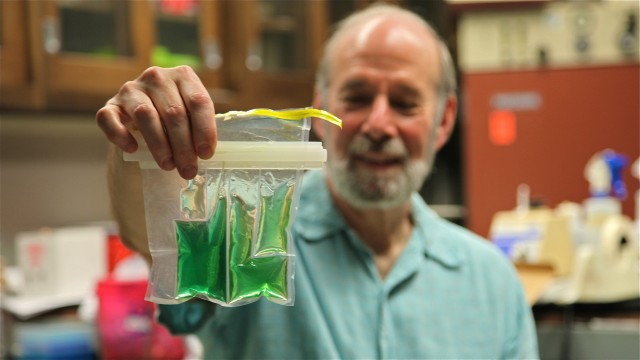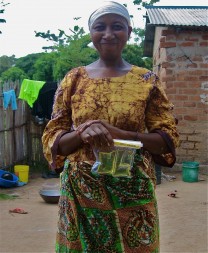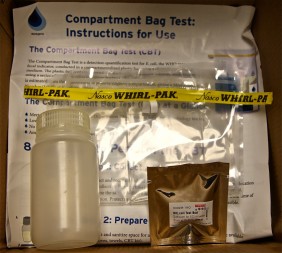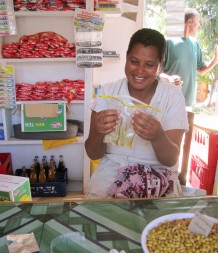
Community Contributor | Dan Lane, UNC Chapel Hill
If you are reading this article, you are probably one of the fortunate ones. Chances are you can trust that the glass of water in front of you is safe to drink. Sadly, that’s not the case for about a quarter of the world’s population. Nearly two billion people around the world get sick every year from untreated water. Of those affected, nearly two million die, including 750,000 children.
Simply put, contaminated water leads to more deaths than HIV/AIDS.
The silent assassins are bacteria like E. coli, which find their way from fecal waste into the local water supply. You can’t see it, smell it, or taste it, but it can kill you. Water may be a source of life, but it is also a vessel of disease and death. Ideally, everyone would have access to safe, treated water. But building that kind of infrastructure -- especially in remote areas -- takes time and money, something many governments and nongovernment organizations (NGOs) lack. In the meantime, the best strategy for reducing the risk of contracting water-borne illnesses is to determine where the bacterial bad guys are lurking.

The problem is that most detection methods are prohibitively expensive and technical, and getting the results takes a long time. Many tests require taking specialized gear -- test tubes, pipettes, and sterilizing equipment -- to the water source. Another option is to ship water samples from the field to commercial labs around the world. Both methods require trained technicians and can push the price up to $100 per test. Such high costs have severely limited the number of water-quality tests being conducted in at-risk regions -- until now.
Enter Dr. Mark Sobsey, a professor of public health at the University of North Carolina-Chapel Hill. Sobsey developed a cheap and simple test to determine how many E. coli bacteria live in a given water sample. His Compartment Bag Test (CBT), which looks like a plastic reclosable bag with five internal compartments, doesn’t require fancy lab equipment or trained technicians. It’s designed to be used by anyone anywhere.

